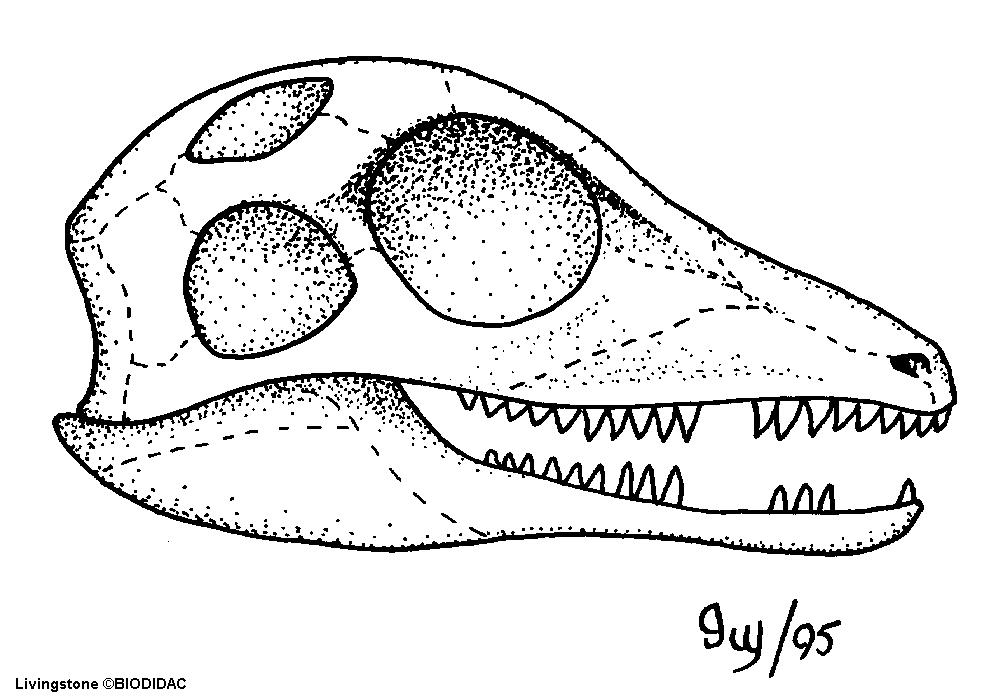FLYING, RESEARCH AND PLANTS
Relations between various species can be illustrated with a (family)tree.
Take two species from the end of two different branches! If we follow the branches backward, sooner or later they will collide. This junction means the two species’ common ancestor, from which both can be descended, but from which they evolved in a somewhat different way. When a branch forks into several smaller branches, we call that speciation. The more we need to go back to find the common ancestor of two species, the farther they are from each other. As only a fraction of the animals that ever lived have been preserved as fossils, and even less that is actually discovered, it is impossible to draw the whole family tree. There are only assumptions about common ancestors and relationships. Since animals which share a common ancestor have some common attributes, they can be classed into common groups. A good example is the group of four-legged animals (Tetrapods) within the vertebrate group. Based on more features, narrower and narrower groups can be established.
On this (somewhat simplified) family tree, we can follow the traits, upon which we would classify an animal among the dinosaurs!
- Dinosaurs are Tetrapods (they have four limbs)
- Dinosaurs are amniotes: membranes surronds the fetus before it is born
- Dinosaurs are Diapsids: there are two holes (temporal fenestra) in each side of their skulls

- Dinosaurs are ARCHOSAURS: they have an additional hole in front of their eyes, their teeth sit in socket, and their legs are positioned under their body
- Dinosaurs belong to ORNITHODIRA, their ankle orientation operates on a single hinge, allowing for better mobility.
